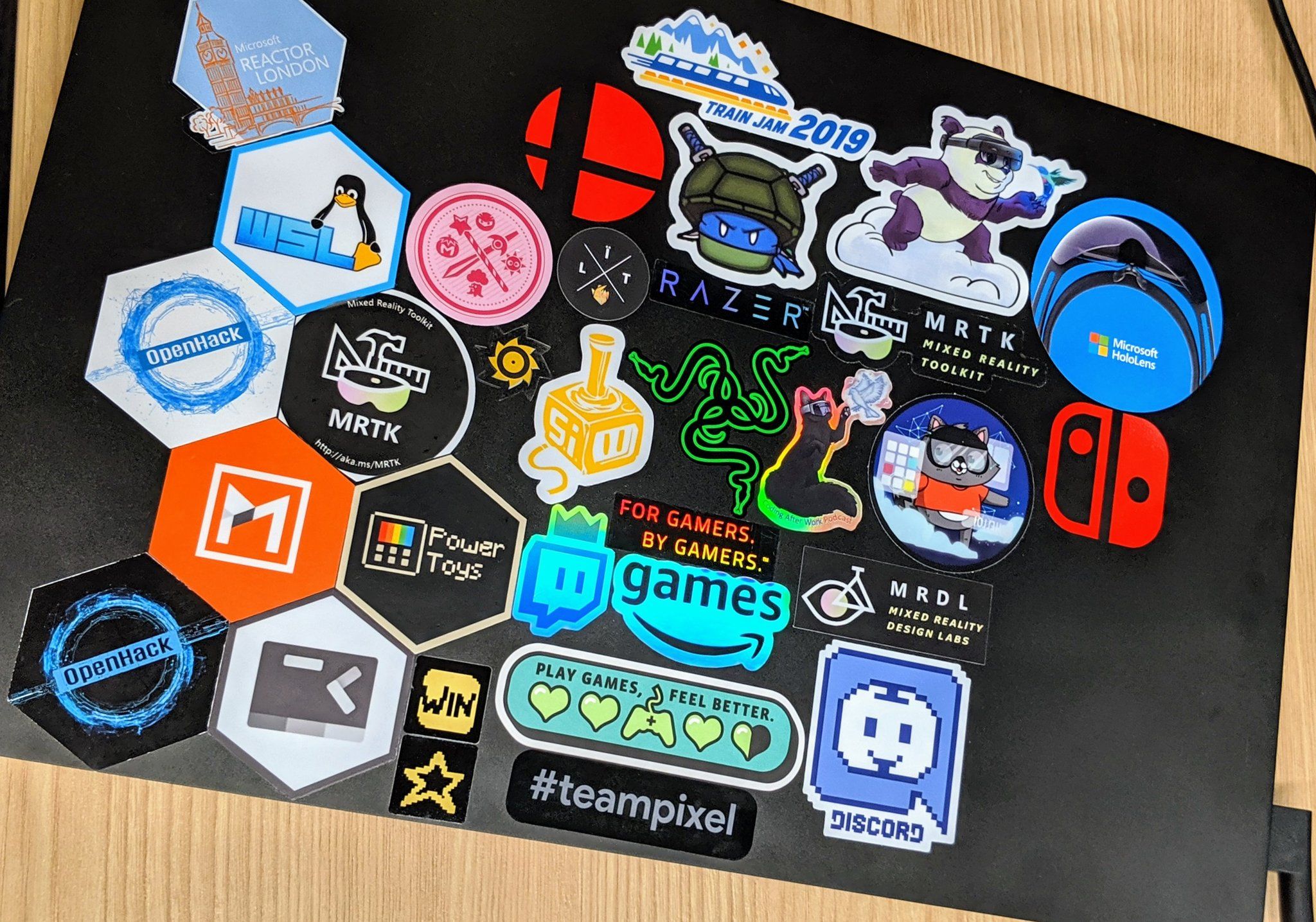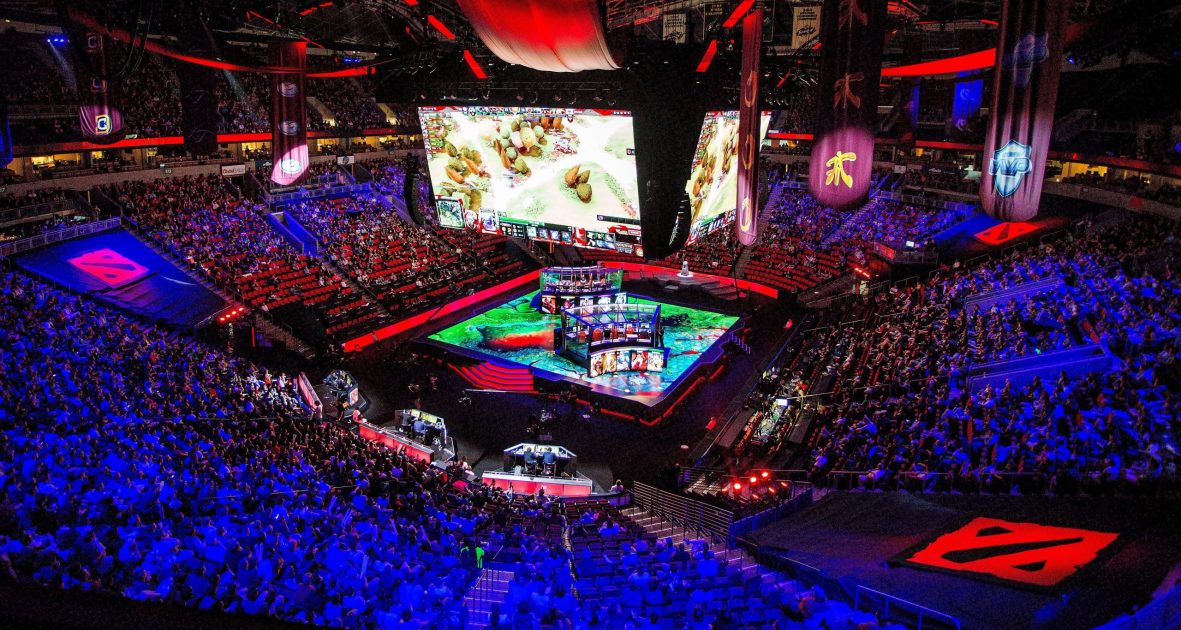Innovations in technology and consumer preferences in video games and the casino industry have led these two sectors to borrow and blend elements from each other. This synergy has resulted in enhanced game designs, thematic developments, and interactive experiences, reshaping the landscape of entertainment and gambling.
Evolution of Interactive Entertainment
The relationship between video games and the casino industry has evolved significantly over the years. Initially, video games were seen as a form of entertainment, distinct from the gambling-centric casino industry. However, as both industries grew, their paths crossed in various ways.
Video games introduced a generation to digital interactivity and complex narratives, laying the foundation for a more immersive experience. This development caught the attention of the casino industry, which recognized the potential for integrating similar technology to attract a younger audience. Casinos began incorporating elements common in video games, such as high-quality graphics and interactive features, into their slot machines and other electronic gaming devices.
On the other hand, the rise of online gaming platforms has seen video games borrow elements from the casino industry. Games featuring loot boxes or in-game currency systems mirror the risk-reward mechanisms found in gambling. This has led to the creation of a new genre of games, often referred to as ‘social casino games’, which blend aspects of traditional gambling with the interactive features of video games.
Impact on Game Design and Mechanics
The influence between these two industries is perhaps most apparent in the design and mechanics of their respective products. In video games, the introduction of gambling-like elements has led to the development of games that focus on chance and probability, much like traditional casino games. These elements add engagement and unpredictability, enhancing the gaming experience for many players.
In the casino industry, the influence of video games is evident in the modernization of slot machines and other electronic gaming machines (EGMs). These devices now often feature narratives and themes popularized by video games, including adventure, fantasy, and sci-fi genres. Interactive bonus rounds, progression systems, and character development, once exclusive to video games, are now commonplace in many casino games. This integration aims to make casino games more appealing to a broader audience, especially those familiar with video gaming.
Furthermore, the concept of skill-based gaming has emerged in the casino industry, inspired by the skill and strategy elements prevalent in video games. Unlike traditional slot machines that rely purely on chance, these new casino games offer players the opportunity to influence the outcome through their skills. This shift not only aligns with the preferences of video game enthusiasts but also introduces a new dynamic to the gambling experience.
Economic and Regulatory Implications
The convergence of video games and casino gaming has also had significant economic and regulatory implications. The introduction of gambling elements in video games has led to increased scrutiny from regulators. Concerns about underage gambling and the psychological impacts of gambling-like mechanics in video games have prompted discussions about stricter regulations.
Similarly, the casino industry faces challenges in adopting video game technology. Ensuring that skill-based games remain fair and transparent, while also complying with gambling regulations, requires a careful balance. These challenges highlight the need for ongoing dialogue between industry stakeholders, regulators, and the public to ensure responsible gaming practices.
The Influence on Marketing and Player Engagement
Marketing strategies and player engagement tactics have also evolved due to this cross-industry influence. Video game companies have adopted techniques traditionally used in casinos, such as reward schedules and loyalty programs, to keep players engaged. These strategies are designed to encourage continued play and increase player retention.
Casinos, in turn, have leveraged video game technology to create more immersive and interactive marketing campaigns. By utilizing gamification in their marketing efforts, casinos can offer a more engaging experience to potential customers, drawing them into the gaming environment.
The Role of Technology and Innovation
Advancements in technology have played a pivotal role in bridging the gap between video games and casino gaming. Virtual reality (VR) and augmented reality (AR) technologies, initially popularized by the video gaming industry, are now finding their way into casinos. These technologies provide an immersive gaming experience that blurs the line between video gaming and gambling.
The rise of blockchain and cryptocurrency is another area where these industries intersect. Cryptocurrencies offer a new form of currency for online gaming, applicable to both online casinos and video games. The decentralized nature of blockchain also presents opportunities for increased security and transparency in both industries.
Economic Significance of the Gambling Industry
As these industries continue to influence each other, it’s important to understand the economic significance of the gambling industry. This US gambling revenue tracker shows just how big of an industry gambling is in the US. This data highlights the financial impact of the gambling sector and underscores why the video game industry finds inspiration and opportunity in casino gaming trends.
Conclusion
The symbiotic relationship between these industries has led to significant innovations and changes in both sectors. This collaboration has resulted in more immersive, engaging, and diverse gaming experiences for players. As technology continues to advance, it’s likely that we will see further integration and crossover between these two industries, shaping the future of interactive entertainment.




